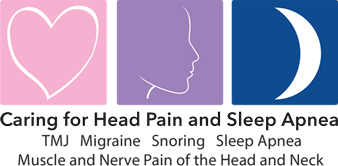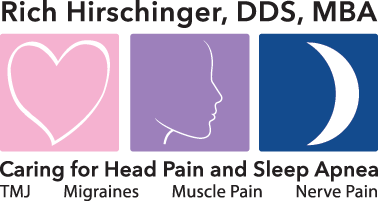

Rich Hirschinger, DDS, MBA
Diplomate American Board of Orofacial Pain
9615 Brighton Way, Suite 323
Beverly Hills, CA 90210
888.981.8981
Diplomate American Board of Orofacial Pain
9615 Brighton Way, Suite 323
Beverly Hills, CA 90210
888.981.8981
Groups at Risk for Neuropathic Pain
More About Neuropathic Pain
- Causes of Neuropathic Pain
- Diagnosing Neuropathic Pain
- Groups at Risk for Neuropathic Pain
- Treatments for Neuropathic Pain
- Life with Neuropathic Pain
- Signs and Symptoms of Neuropathic Pain
- History of Neuropathic Pain
- Neuropathic Pain Fact Sheet
- Q Tip Test
- Occipital Nerve Blocks
- Supratrochlear Supraorbital Infraorbital and Auriculotemporal Trigeminal Nerve Blocks
- Post-traumatic Trigeminal Neuropathic Pain
- Tinnitus Treatment Options
Trigeminal neuralgia: This rare condition manifests in approximately 150 per million people every year. Women are more likely than men to suffer from trigeminal neuralgia, and the disorder most often affects those over 50 years old. There may be a genetic link as some evidence suggests that the condition runs in families. The reason for this may be an inherited blood vessel formation prone to nerve compression.
Atypical odontalgia: Little is known about the mechanisms underlying this condition, and in many patients a cause may not be identified. However, one study of patients suffering from phantom tooth pain suggests a connection between atypical odontalgia and migraine headaches and cluster headaches. Those with a personal and family history of idiopathic, or unknown, headache had an increased likelihood of experiencing phantom tooth pain.
Oral nerve injury: An undesirable result of dental procedures, injury to the nerves running along the lower jaw is more likely to occur in individuals requiring procedures such as tooth extraction, local anesthetic or improper implant placement. In one study, lingual nerve damage due to local anesthetic injection was found to manifest in 1 in every 26,000 to 160,000 incidences of injection. Another study found that 0.15% of cases of local aesthetic injections damaged the patient's lingual nerve, and that after a period of 6 months, symptoms were still present for 0.008% of patients.
Complex regional pain syndrome: While it is thought that CRPS is more common in young women, this neuropathic pain condition affects men and women of all ages. Little is known about the onset of CRPS and underlying causes of the disorder.






